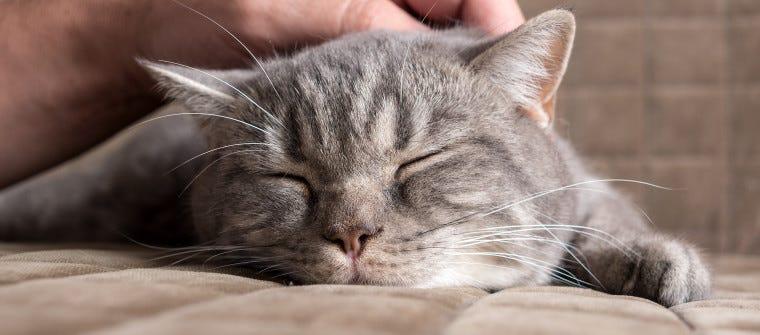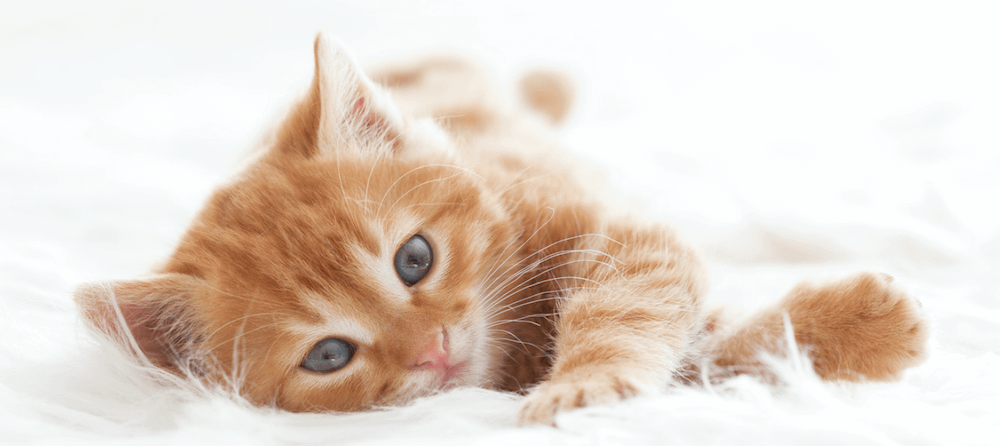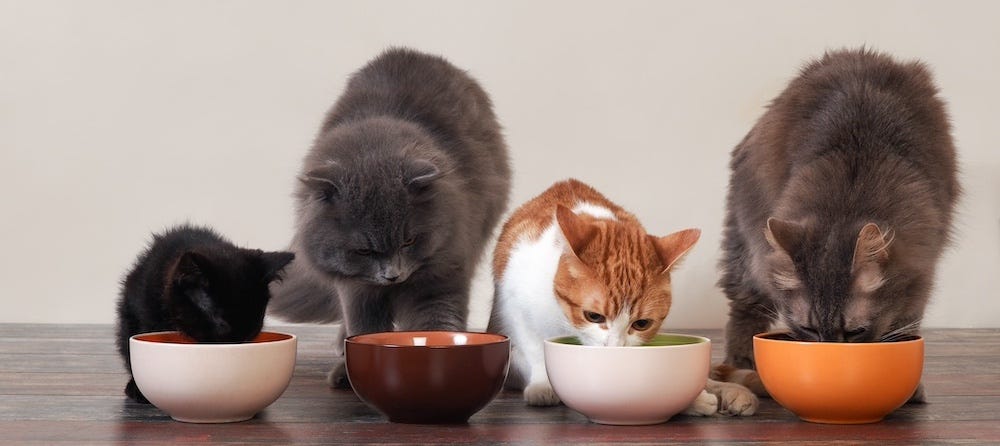The short answer is, yes, cats sweat, but not quite like we humans do. Overheating can be a serious issue, so it’s best to take some preventative measures. Although there are a number of ways your cat can cool itself, an overheated cat can be medically problematic and will require preventative measures to keep your cat’s temperature from increasing to a dangerous level. Today, Cat Health helps explain a little more about how temperature can affect your cat.
Temperature Is a Balancing Act
Cats are warm-blooded animals, which means they possess physiological tools to regulate their internal body temperature. According to things like time of day, behavioral demands, and, of course, the ambient temperature, cats employ those various tools to keep themselves cool and comfortable. AKA, cats sweat.
A hot environment triggers the cat’s brain to send a series of signals to the rest of the body, activating a cool-down sequence. Of the methods that your cat may employ, panting is the most common. Sweating, stretching, and getting its body wet are other means to cool off. In addition, the brain will send a message to dilate the skin’s blood vessels, which can serve to release heat as warmer blood circulates nearer to the surface. Due to their relatively dense coats, cats don’t often sweat to cool themselves, but sweating from the pads of the paws is known to occur.
Different Kinds of Overheating
If your cat is unable to regulate its body temperature, then it may be susceptible to any number of potential severe health issues. There are essentially two kinds of internal temperature increase in cats: fever and hyperthermia. If a cat’s body temperature rises above 102.8 degrees Fahrenheit for a sustained period of time, then it has a fever. Just like in humans, this is likely to occur when the immune system is working to fend off some a bacterial or viral infection. Symptoms of fever can include heightened rate of breathing, unwillingness to move and eat, depression, fatigue and general slowness.
Alternatively, hyperthermia, or simply an increase in body temperature, is more often the result of increased external temperature, overexertion, or anything other than a fever. If you’re unsure which your cat is experiencing, allow your cat to rest, then take his temperature after about twenty minutes. If your cat’s behavior is normal aside from its increased temperature, it is most likely an instance of hyperthermia and not a fever.
Preventative And Reactive Measures
In order to prevent your cat from overheating, you may want to take the following preventative measures:
- Always have fresh water available
- Provide a shaded spot where your cat can rest
- Never keep your cat in a car or enclosed space in direct sun
- Contact your veterinarian as soon if symptoms persist
Typically, your cat will be able to correct an instance of hyperthermia in a relatively short period of time. If your cat continues to demonstrate signs of hyperthermia or fever for a prolonged period, contact your veterinarian immediately; heatstroke can occur, resulting in tissue damage or even death. Factors that increase risk of heatstroke include:
- Heart or lung disease
- Sickness or common cold
- Obesity
- Geriatric
- Sheep cats
- Dehydration
Always make sure that your cat has access to plenty of fresh water and a comfortable, shady spot. If your cat shows any signs of overheating be sure to contact your veterinarian immediately. You may think it’s just a bit hot out, but your cat may be in real danger.




